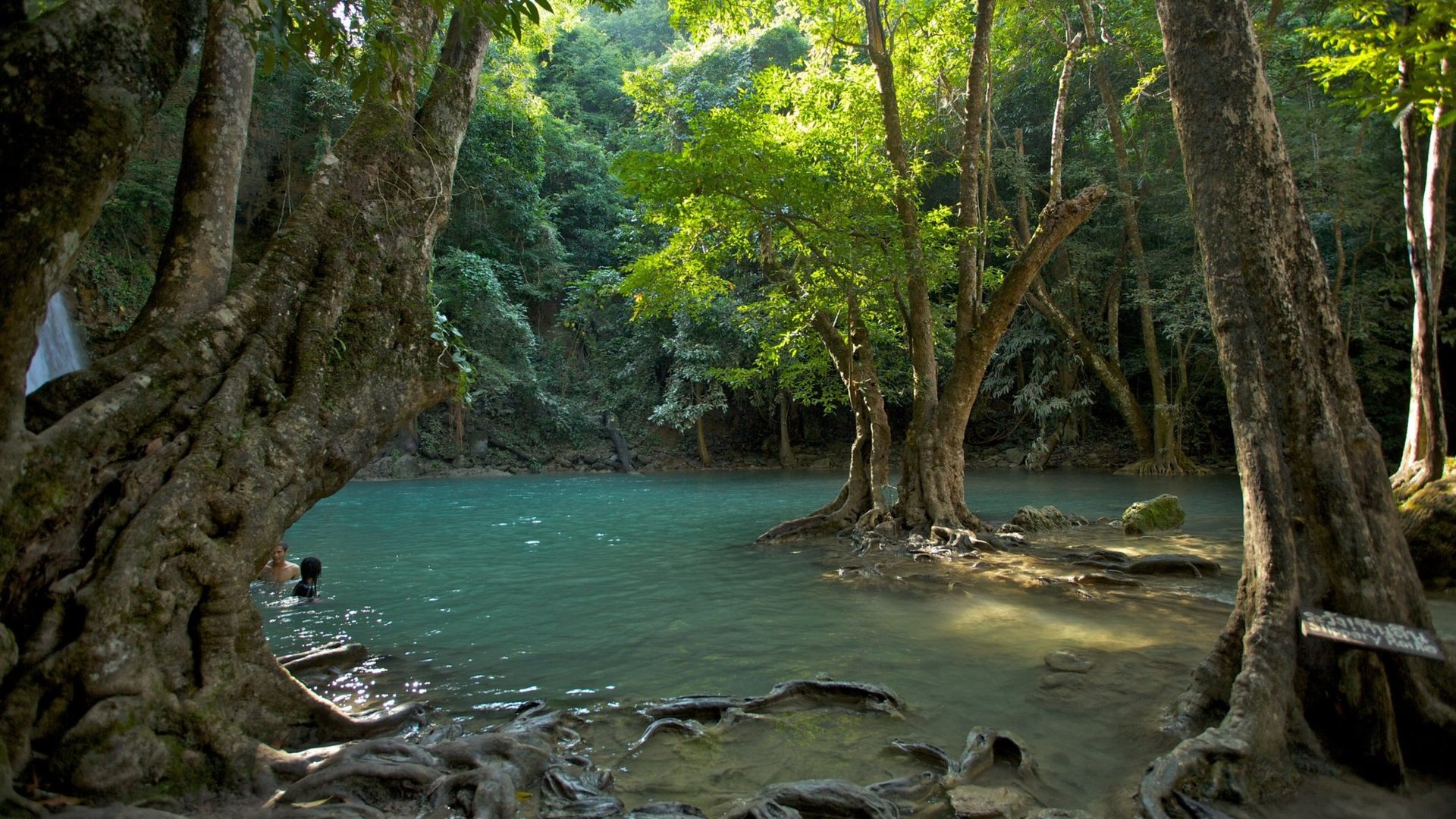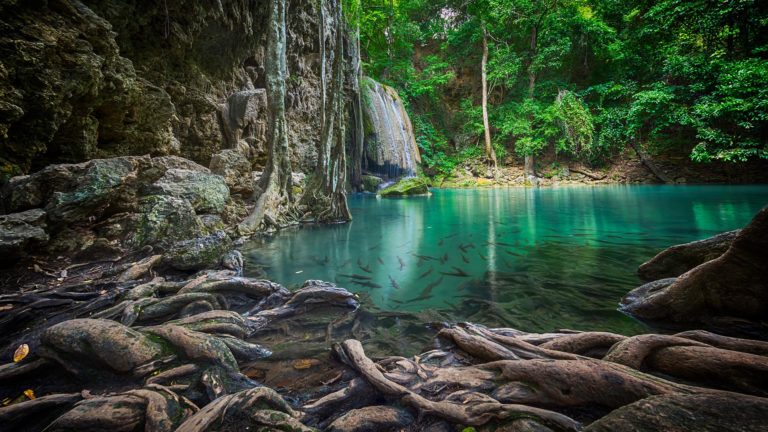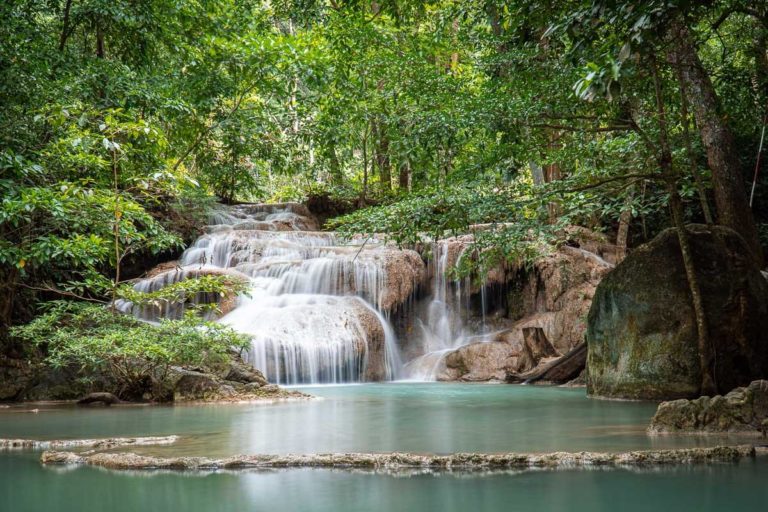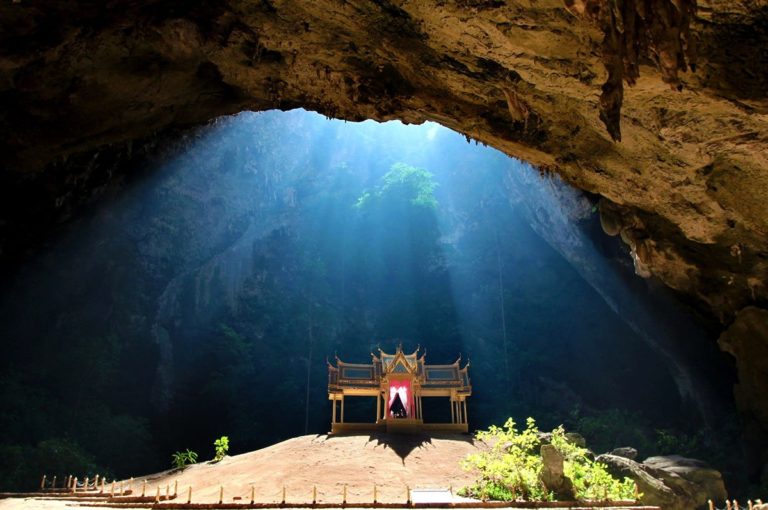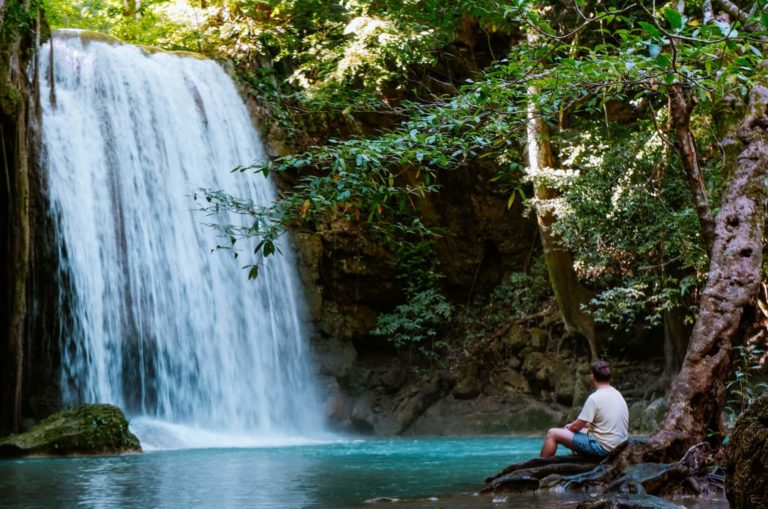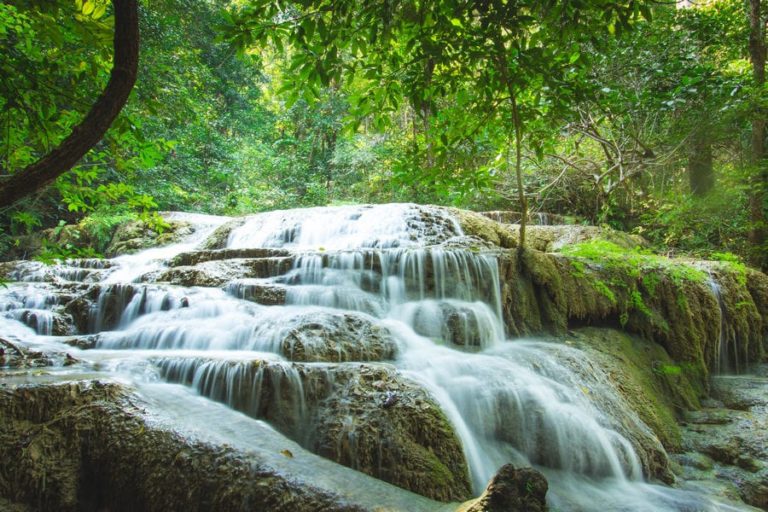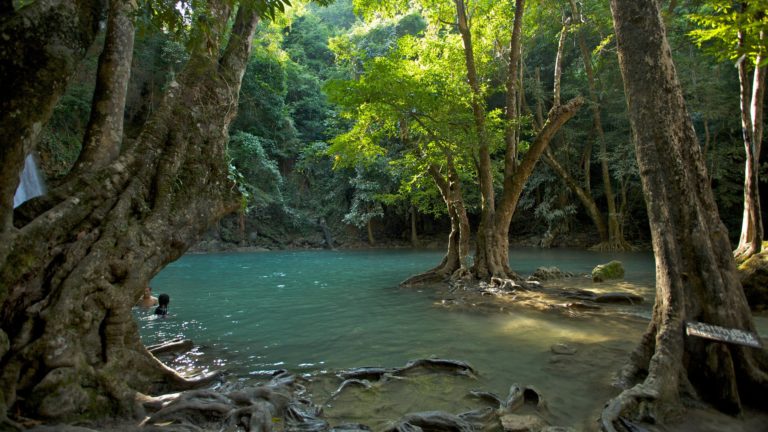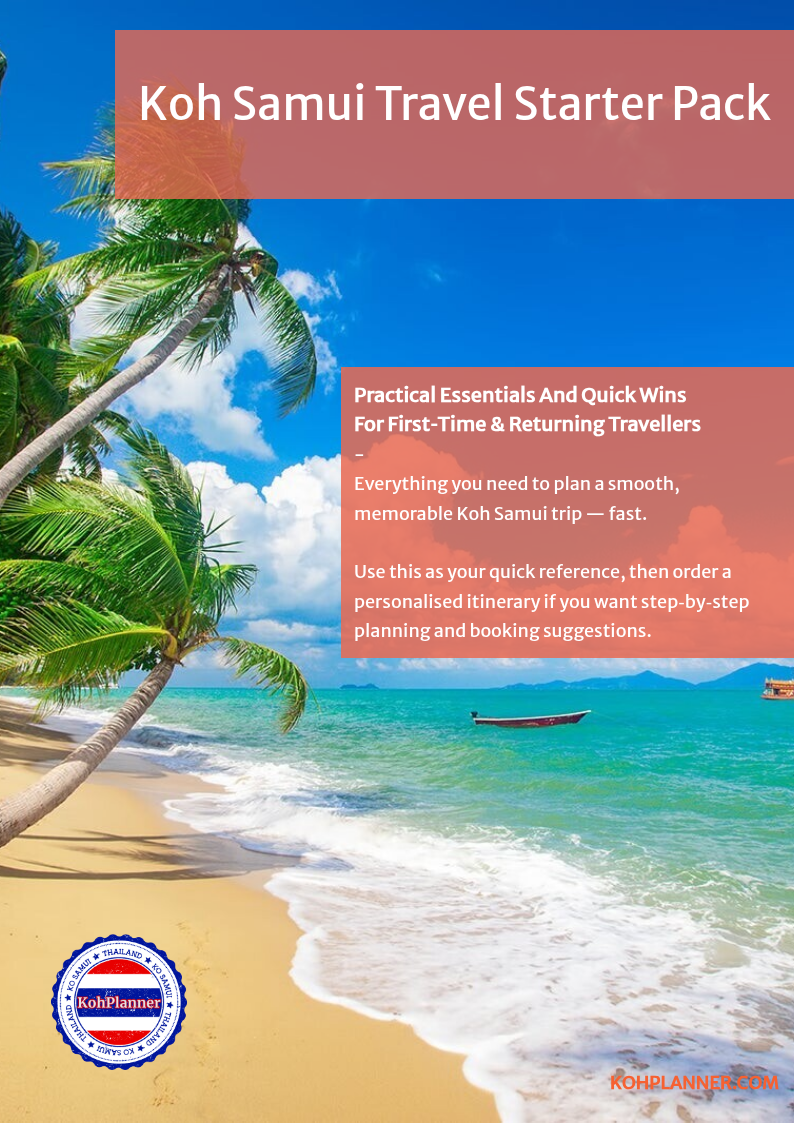Erawan National Park
Erawan National Park, established in 1975, is one of Thailand’s most popular and fascinating natural attractions. Covering an area of 550 square kilometers, the park is located in the Tenasserim Hills in Kanchanaburi Province, about 120 kilometers northwest of Bangkok. Named after the three-headed elephant from Hindu mythology, the park is best known for its stunning Erawan Waterfalls, which cascade down seven tiers resembling the elephant’s trunk. The park offers visitors the opportunity to explore lush forests, discover fascinating flora and fauna, and experience the beauty of the waterfalls up close.
The park has a rich history dating back to World War II, when the Japanese occupied Thailand and built the infamous Death Railway through the park’s rugged terrain. Remnants of the railway and the Hellfire Pass can still be found within the park’s boundaries. Following the end of the war, the area was designated as a national park to protect its natural beauty and historical significance.
Today, Erawan National Park is a popular destination for both local and international tourists. The park offers a wide range of activities, from trekking and swimming to birdwatching and wildlife spotting. The park’s diverse ecosystem supports a variety of plant and animal species, making it a paradise for nature lovers.
Flora and Fauna
The park is home to a rich and diverse range of flora and fauna. The dense forests are dominated by deciduous trees such as teak, bamboo, and dipterocarp, which provide a habitat for a wide variety of wildlife. The park is home to over 80 species of mammals, including elephants, tigers, gibbons, macaques, deer, and wild boars.
Bird enthusiasts will be thrilled to know that the park is home to over 200 species of birds, including the rare green peafowl, hornbills, and kingfishers. Reptiles and amphibians are also abundant in the park, with visitors often spotting water monitor lizards, snakes, frogs, and turtles.
Getting There
Erawan National Park is easily accessible from Bangkok. The most popular and convenient method of transportation is by bus from the Southern Bus Terminal (Sai Tai Mai) in Bangkok. Buses to Kanchanaburi depart every 15-30 minutes and take about 2-3 hours. Once in Kanchanaburi, visitors can catch a local bus or minivan to the park’s entrance.
Alternatively, visitors can take a train from Bangkok’s Thonburi Train Station to Kanchanaburi, which takes about 3 hours. From Kanchanaburi, local buses and minivans are available to reach the park. Private taxis and car rentals are also an option for those who prefer a more convenient and flexible mode of transportation.
Accommodation and Dining
There are several options for accommodation near the park, ranging from budget-friendly guesthouses to more upscale resorts. The park itself offers a limited number of bungalows and camping facilities, which can be reserved in advance through the park’s office.
For dining, there are several restaurants and food stalls located near the park’s entrance, offering a variety of Thai and international dishes. Inside the park, visitors will find a few basic food stalls near the first tier of the Erawan Waterfalls, serving snacks, drinks, and simple meals.
Erawan Waterfalls: The park's main attraction, the seven-tiered Erawan Waterfalls, offers visitors the chance to marvel at the stunning cascades and swim in the crystal-clear pools. Each tier of the waterfall has its unique charm, with well-maintained trails and wooden bridges connecting them.
Trekking: Erawan National Park offers several trekking trails for visitors to explore the park's diverse ecosystem. The trails vary in difficulty, from easy strolls to more challenging hikes. Some popular trails include the ones leading to the various tiers of the Erawan Waterfalls, as well as the Phartat Cave trail, which takes visitors through dense forests and limestone formations.
Caving: The park is home to several caves, such as the Phartat Cave, Mi Cave, and Ruesi Cave, which can be explored with the help of a local guide. These caves offer visitors the chance to discover fascinating stalactite and stalagmite formations, as well as learn about the local folklore and legends surrounding the caves.
Birdwatching and Wildlife Spotting: With its diverse range of flora and fauna, the park is an excellent destination for birdwatching and wildlife spotting. Early morning and late afternoon are the best times to spot the park's inhabitants, such as gibbons, macaques, and various species of birds. Guided wildlife tours are available for those interested in learning more about the park's unique species.
Hellfire Pass and Death Railway: Visitors interested in the park's history can take a guided tour to the Hellfire Pass and the remnants of the Death Railway. The Hellfire Pass Memorial Museum provides a detailed account of the railway's construction and the harsh conditions endured by the prisoners of war and forced laborers during World War II.
The best time to visit Erawan National Park is during the cool and dry season, which typically lasts from November to February. The park can be crowded during weekends and public holidays, so visiting on weekdays is recommended for a more peaceful experience.
Bring along swimwear, a towel, and water shoes if you plan to swim in the pools at the Erawan Waterfalls. It's also a good idea to pack insect repellent, sunscreen, a hat, and comfortable walking shoes for trekking.
Be respectful of the park's natural environment by not littering, not feeding the wildlife, and not using soap or shampoo in the waterfall pools.
Note that fishing is not allowed in the park, and visitors should refrain from disturbing the wildlife or removing any plants.
It's essential to stay on marked trails and follow park regulations to ensure your safety and the preservation of the park's ecosystem.
Erawan National Park has something to offer for everyone, making it an ideal destination for families, couples, solo travelers, and nature enthusiasts alike. The park's diverse range of activities caters to a wide variety of interests, from trekking and swimming to wildlife spotting and historical exploration. The park's stunning natural beauty, combined with its rich history and unique flora and fauna, make Erawan National Park a must-visit destination for anyone traveling to Thailand.
Sorry, no records were found. Please adjust your search criteria and try again.
Sorry, unable to load the Maps API.

